The Joan and Ralph Lane Center
The Lane Center promotes teaching, research, and action inspired by Catholic social thought and the Jesuit commitment to justice.
The Joan and Ralph Lane Center for Catholic Social Thought and the Ignatian Tradition
An annual publication of the Lane Center, Pierless Bridges highlights research and praxis that connects social analysis with theological and ethical reflection. It presents the Ignatian tradition and Catholicism in conversation with contemporary experiences. And it explores faith’s public dimension as it intersects with culture, politics, and society.
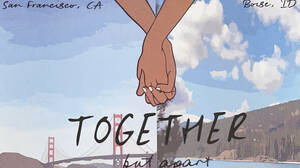
The storm exposes our vulnerability and uncovers those false and superfluous certainties around which we have constructed our daily schedules, our projects, our habits and priorities.
Saint Ignatius of Loyola was known for his skills in spiritual discernment. These skills enabled him to find God in all things, particularly in times of confusion, difficulty, and hardship, like the one we currently face.
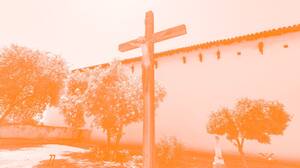
Peace education is key for establishing a consensual and sustainable peace in the world. Nothing replaces the value of peace education in families, schools, universities, churches, temples, and mosques.
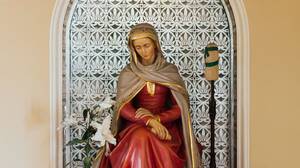
In 2019, the Society of Jesus presented the fruits of a two-year discernment responding to the needs of the Jesuits and the Church. The results are the four Universal Apostolic Preferences (UAP): Showing the Way to God, Walking with the Excluded, Journeying with Youth, and Caring for Our Common Home.
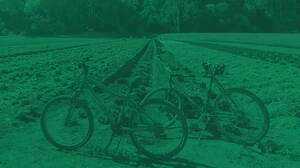
In the spring of 2020, University of San Francisco Faculty Union (USFFA) president, Sonja Martin Poole, asked Kimberly Rae Connor, the Lane Center Faculty Chair for Mission Integration and its liaison to the USFFA, to create a blessing that USFFA members could share before their meetings.
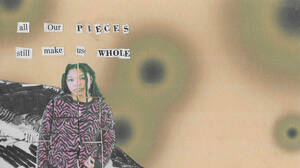
As we mark the one-year anniversary of COVID-19’s deadly emergence and the murder of Breonna Taylor, I’ve been reflecting on a passage from The Salt Eaters and its implications both at the personal and societal level. I’ve been asking, what must we take up and what must we let go as we fight against anti-Black racism and toward racial equity? How do we let go of the pain and hurt or perhaps, the unearned privilege and resources to allow wholeness and racial justice to come in?
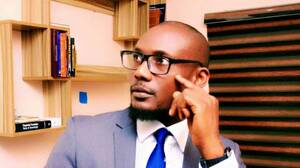
Airah Balogun and Mutiu Fakorede are two Master’s students in USF’s International and Development Economics (IDEC) Master’s program who have had an unusual first year. Both are Nigerian, and due to the COVID-19 pandemic have been based in Lagos for the first year of their studies at USF.
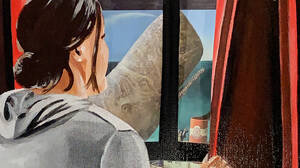
Inspired by Laudato Si and the Universal Apostolic Preference to show care for our Common Home, the goal of my research is to affect user action on environmental justice through the means of an online, desktop, virtual environment. In this virtual setting, users embody first-person perspective, virtual scenarios that demonstrate the effects of environmental pollution and degradation.
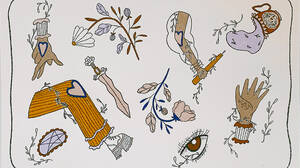
As Lane Center Faculty Fellows this year, we had the opportunity to collaborate around Jesuit traditions in generative ways that eased the isolation we felt during the pandemic. As faculty members in the Department of Art + Architecture, we wished to respond to the unique challenges of 2020–21 through an art-making project that would bring together the department’s five programs and its faculty, staff, and students in a shared and mutually supportive enterprise.
During the remarkable 2020–2021 academic year, as the USF community adapted to the rapidly changing and unfamiliar environment, it also returned to its roots and undertook the task of creating a new mission statement.
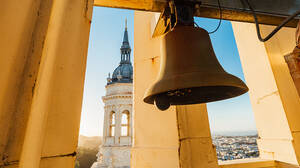
The mission statements of the University of San Francisco form a tapestry, whose threads stretch back to the sixteenth century when Ignatius of Loyola sent his followers throughout the world to establish educational institutions and to promote Jesuit ideals.
Among the most enduring Africanisms that animates African American culture is the concept of nommo, the generative power of the word. Derived from the Dogon people of Mali, nommo calls on ancestral spirits to bring into existence all that is seen and unseen.
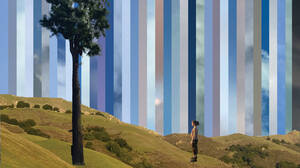
AND God stepped out on space, and He looked around and said: “I’m lonely — I’ll make me a world.”